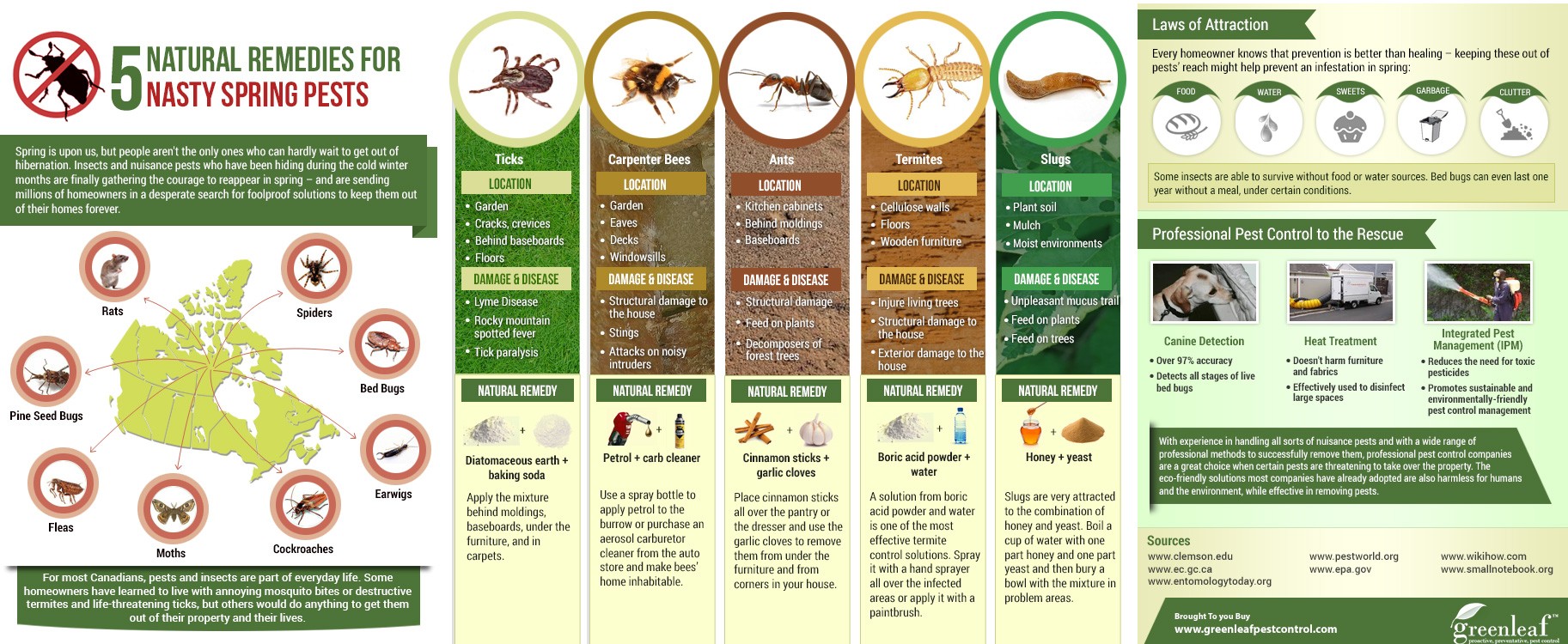Protecting Your Outdoor Place: Effective Techniques For Keeping Rodents At Bay
Protecting Your Outdoor Place: Effective Techniques For Keeping Rodents At Bay
Blog Article
Material By-Kenney Cormier
Did you recognize that rodents can squeeze through openings as small as a quarter? Envision the effects for your exterior space. From nibbling on plants to nesting in relaxing edges, these insects can wreak havoc if given the possibility. However fear not, there are functional approaches you can employ to maintain your yard rodent-free. By taking straightforward actions to seal access factors and keep a neat environment, you can create a fortress versus undesirable furry visitors. So, are you prepared to guard your outdoor sanctuary from these pesky trespassers?
Identify Access Information
To effectively rodent-proof your outside space, begin by pinpointing prospective entry points. Inspect your backyard for any kind of voids or openings that rodents could utilize to access. Check locations such as spaces under doors, holes in the walls, or openings around utility infiltrations. Bear in mind that mice can press via openings as small as a cent, so be comprehensive in your exam.
Focus on locations where utilities enter your home, such as where pipes, cables, or cords go into the building. Seal any type of spaces around these entrance points with materials like steel woollen or caulk. Furthermore, look for https://communityimpact.com/dallas-fort-worth/keller-roanoke-northeast-fort-worth/city-county/2023/07/10/fort-worth-animal-control-offers-tips-to-consider-during-national-adoption-week/ of cracks in the structure or voids in the siding that might function as access points for rodents.
Pay close attention to areas where vegetation fulfills your home, as thick plants can provide hiding spots and very easy access for rodents. Trim back any kind of looming branches or bushes that could be used as bridges to your house. By recognizing and sealing off these access points, you can considerably minimize the opportunities of rodents invading your outdoor room.
Implement Exemption Procedures
Inspecting and sealing entry points is the first step in rodent-proofing your outside room; currently you'll take action by carrying out exclusion procedures.
Beginning by setting up door brushes up on all outside doors to prevent rodents from squeezing via voids. Seal fractures and crevices with weather-resistant sealant, focusing on locations where utility pipelines enter your home.
Use cord mesh to cover vents and smokeshafts, guaranteeing they're securely attached. Cut tree branches and plant life far from your house to eliminate possible bridges for rats to access your roofing.
Additionally, take into consideration installing metal blinking around the base of your home to stop burrowing. Store firewood at least 18 inches off the ground and far from your house.
Keep rubbish in tightly secured containers, and without delay tidy up any type of spilled birdseed or pet dog food. By executing these exemption steps, you can substantially decrease the possibility of rodents attacking your exterior space.
Maintain Sanitation and Trimmed Landscaping
Ensure your exterior area remains neat and your landscaping is regularly cut to deter rats from discovering harborage or food sources. Maintaining your lawn tidy is crucial to lessening tourist attractions for rodents. Eliminate any type of particles, mess, or unused items that might serve as hiding areas for these parasites. Rodents are drawn to areas with simple accessibility to food and sanctuary, so by maintaining cleanliness, you make your home much less enticing to them.
best indoor outdoor ant killer cutting your landscape design is also essential in rodent-proofing your exterior space. Thick plant life supplies rodents with ample hiding spots and potential nesting sites. By maintaining average cost of termite inspection cut, bushes cut, and trees trimmed, you eliminate prospective habitats for rodents. Furthermore, trimmed landscaping makes it harder for rats to access your home as they choose areas with sufficient protection for security.
Conclusion
Finally, by making the effort to rodent-proof your outdoor space, you can guarantee a pest-free lawn for many years to come. Keep in mind to frequently inspect for entry points, apply exemption actions, and maintain your lawn clean and well-maintained.
With these easy methods in position, you can enjoy a serene and rodent-free outside setting. So, don't delay - start rodent-proofing today and say goodbye to undesirable critters in your lawn!
